New Product Innovations on Display at SOF Week with Partners Samsung and DTI (Deployable Technologies)
Named Best Monitoring Solution Winner for 2023 ‘Govies’ Award
Secured Million Dollar Customer Wins in the Aerospace and Defense Sectors
ALAMEDA, California – May 4, 2023 – RGB Spectrum®, an industry leader in mission-critical video for real-time decision support, today announced its continued market momentum for its mission-critical solutions for defense, aerospace, and military applications. These include a new joint product innovation, an industry honor, and a series of customer wins.
RGB Spectrum is a pioneer in visualization solutions and builds and supports video distribution, display, and recording systems for global organizations across various markets. Specifically designed for these include technology platforms such as C5ISR, flight simulators, and command and control operations.
Partner Innovations to Share at SOF Week
U.S. Special Operations Command (USSOCOM) has partnered with industry to host an annual conference in Tampa, FL, for over a decade. In 2021, it expanded the event to a broader convention for the entire SOF Community, creating SOF Week. The first rendition of this modified format takes place in Tampa from May 8-11, 2023.
RGB Spectrum will partner with Samsung in booth #243 to showcase the power of our processing solutions and our deep integrations with the tactical mobile team to connect and streamline communications from C5ISR to secured spaces, wheeled and tracked vehicles, tactical operations centers, and wearable tactical gear.
Behind the technology, RGB Spectrum’s Zio video wall processors power Samsung Display LED technology including The Wall All-In-One and 8K QLED Video Wall Signage. Paired with RGB Spectrum’s Zio Mobile Application on Samsung tactical mobile devices, the solution delivers unique capabilities for secure video resources and network access across domains.
Also, during SOF Week 2023, DTI will reveal a live mock-up of its Deployable Edge Network Suite (DENS). This rugged, secure communications case will incorporate RGB Spectrum technology and displays from Samsung. Visit DTI’s booth #L401 to see more of this concept come to life.
Industry Recognition
Furthering its ongoing growth within the military sector, RGB Spectrum is pleased to announce that its Zio Video-over-IP Platform has won Gold for Monitoring Solutions at the Security Today ‘Govies’ Government Security Awards 2023. The ‘Govies’ honor, representing a broad spectrum of industry voices, encompasses the world’s best in government security technology and its achievements.
Ongoing Customer Momentum
RGB Spectrum works closely with several customers to deliver military solutions and ecosystems, including the Missile Defence Agency (MDA), Dept. of Homeland Security, U.S. Border Patrol, NASA, U.S Secret Service, U.S Veterans Administration, Federal Aviation Administration, U.S. Marine Corps Quantico, and on flight simulators.
Here’s a few details about recent wins:
• Our IP codecs are the de facto standard for pilot training. They are deployed in flight simulators for the F-35 Joint Strike Fighter, P-8 Poseidon, F-22 Raptor and V-22 Osprey aircraft, the Global Hawk/Triton UAV, and the Apache, Kiowa, Chinook, and Blackhawk helicopters.
• For the F-35, we provided a complete signal distribution and recording solution. Our codecs are installed in each of the simulator’s pilot pods. Feeds from image generators and video cameras are encoded, distributed, and recorded, including avionics, out-the-window imagery, target acquisition, navigation, and weapons control. Decoders in the Instructor’s Operation Station (IOS) and the After-Action Review (AAR) facility are used for real-time access and debriefing.
• Our networked video platform is deployed on the U.S. Navy Littoral Ship (LCS) Fleet. From the LCS bridge to the combat information center (CIC) and throughout the ship, the Zio platform distributes critical information for command and control and tactical decision-making in the battlespace or area of operations.
“We are delighted to partner with Samsung and Deployable Technologies during SOF Week and to be recognized for our Zio Video-over-IP Platform by Security Today.” said Bob Marcus, CEO, RGB Spectrum. “We continue to work with the military technology sector to produce innovative solutions and ecosystems and work closely with our key partners to design platforms that address some of the military’s most comprehensive challenges.”
To learn more, visit RGB Spectrum at SOF Week 2023 with Samsung in booth #243 and Deployable Technologies in booth #L401 from May 8-11, 2023, in Tampa, Florida. Or visit www.rgb.com.
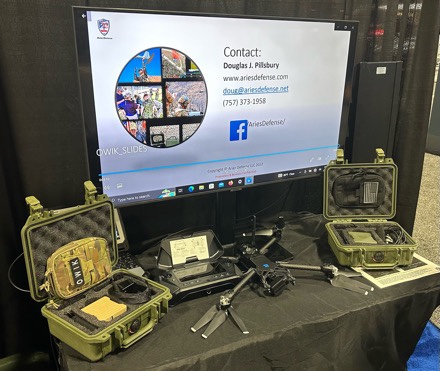

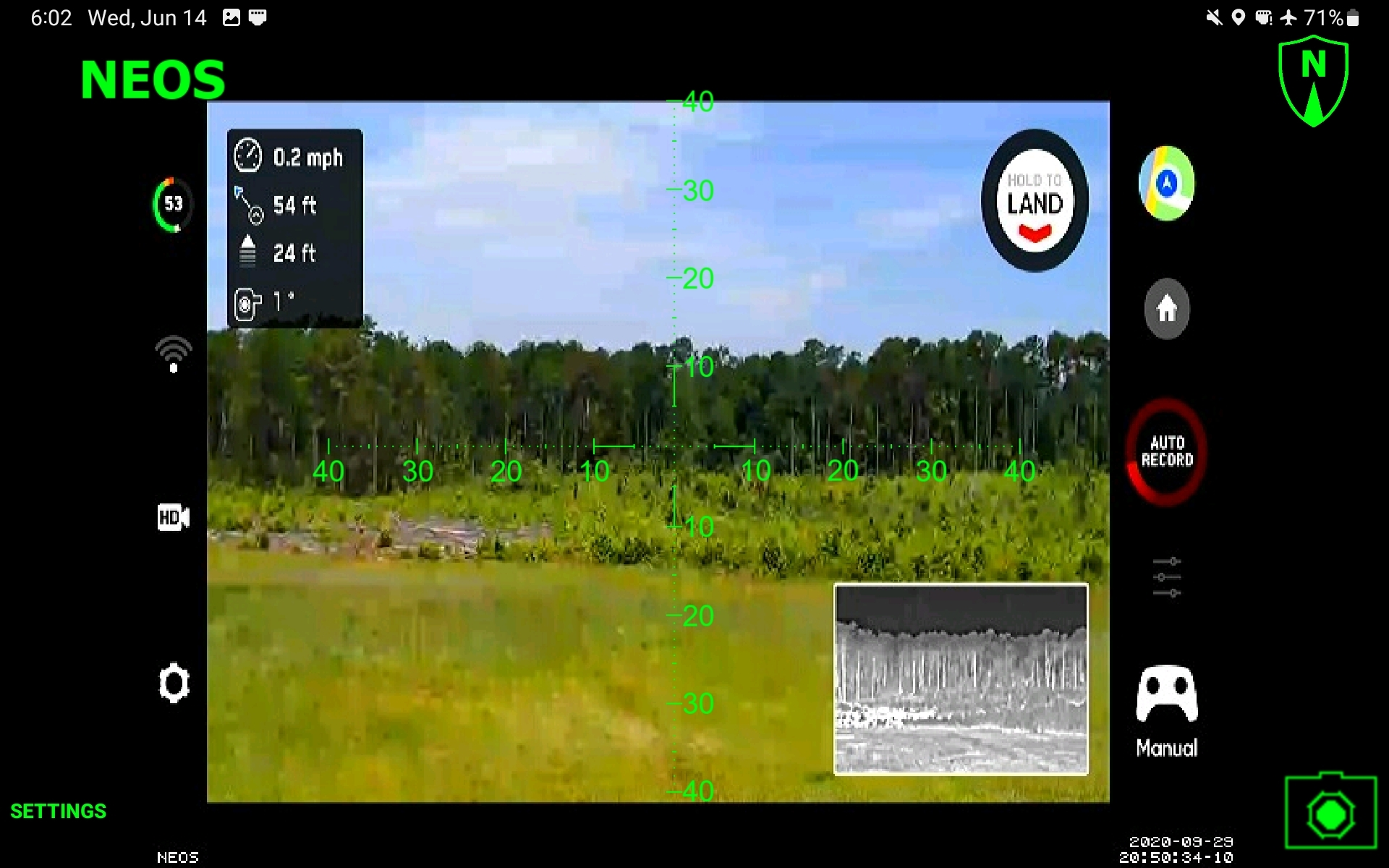
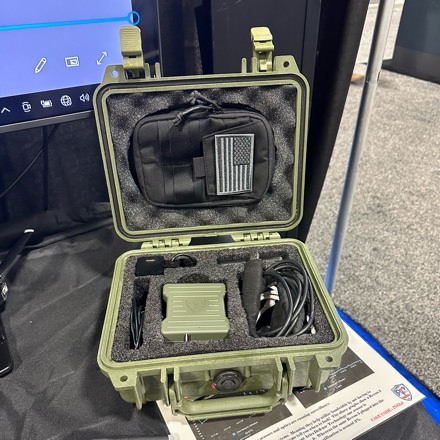


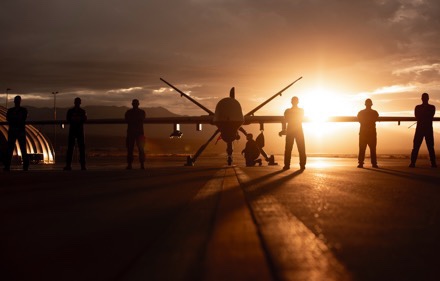
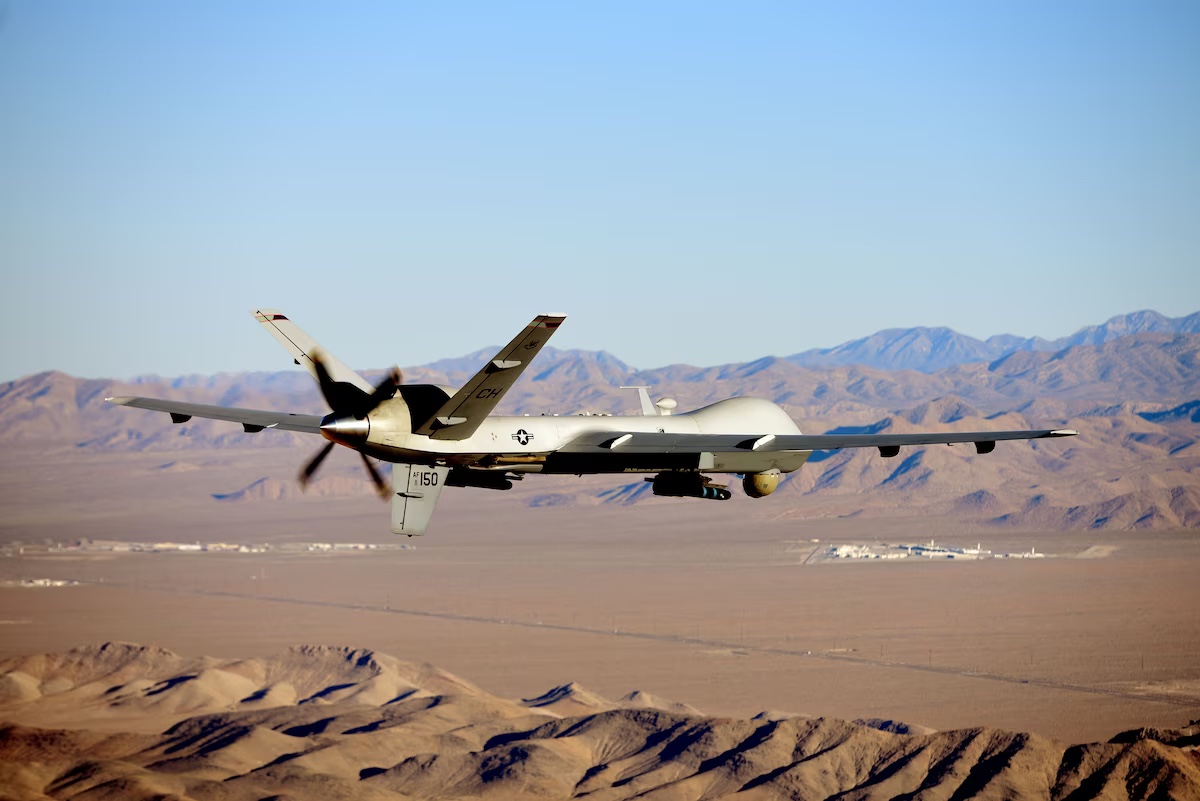
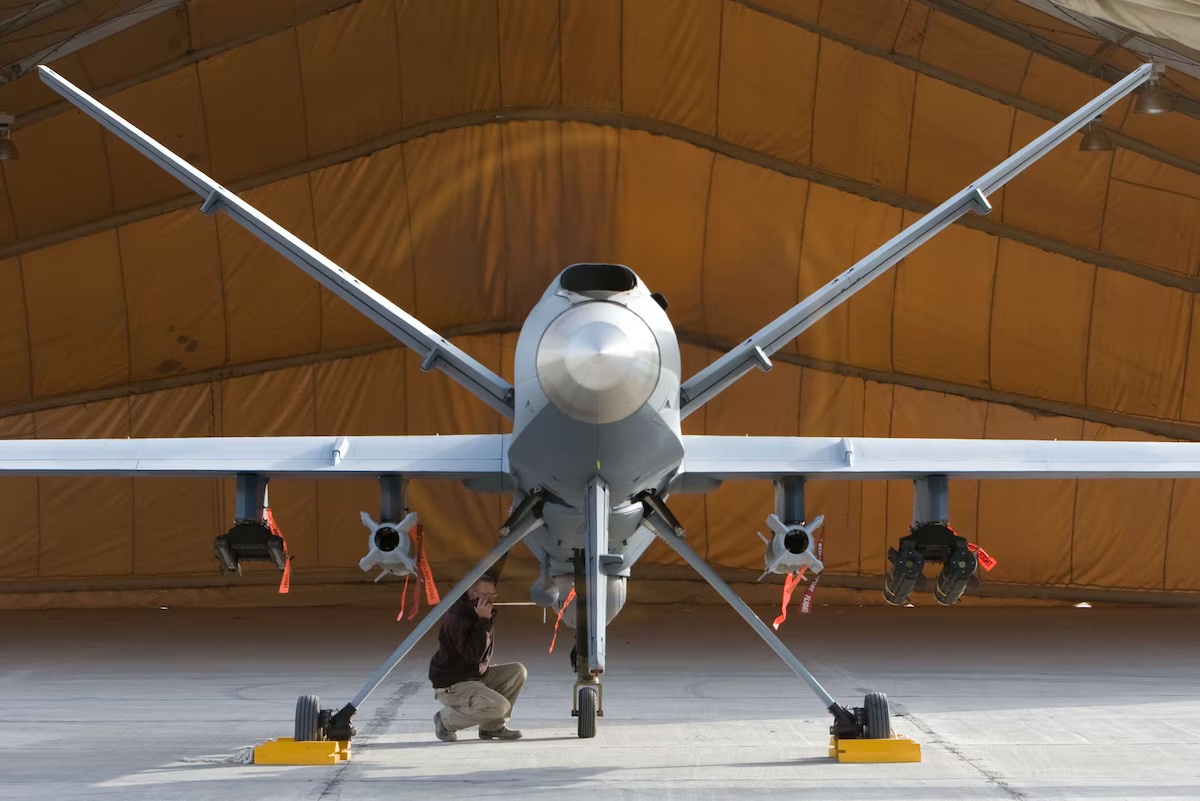
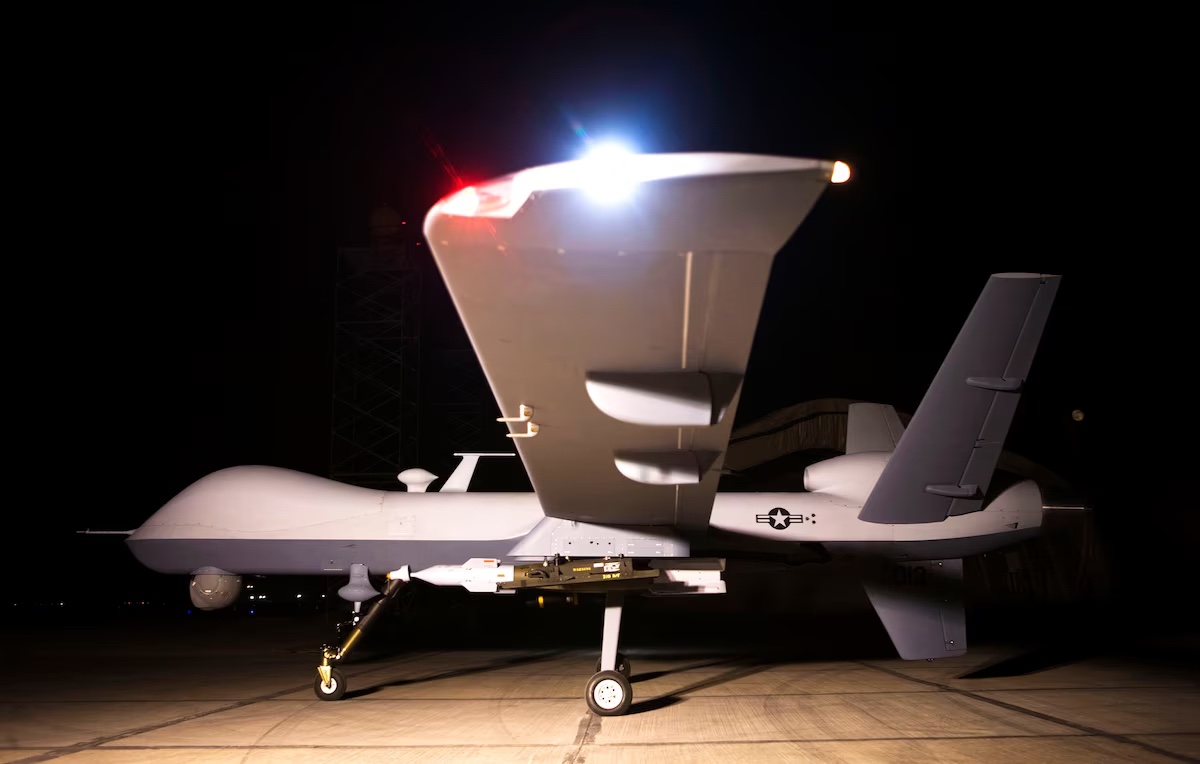
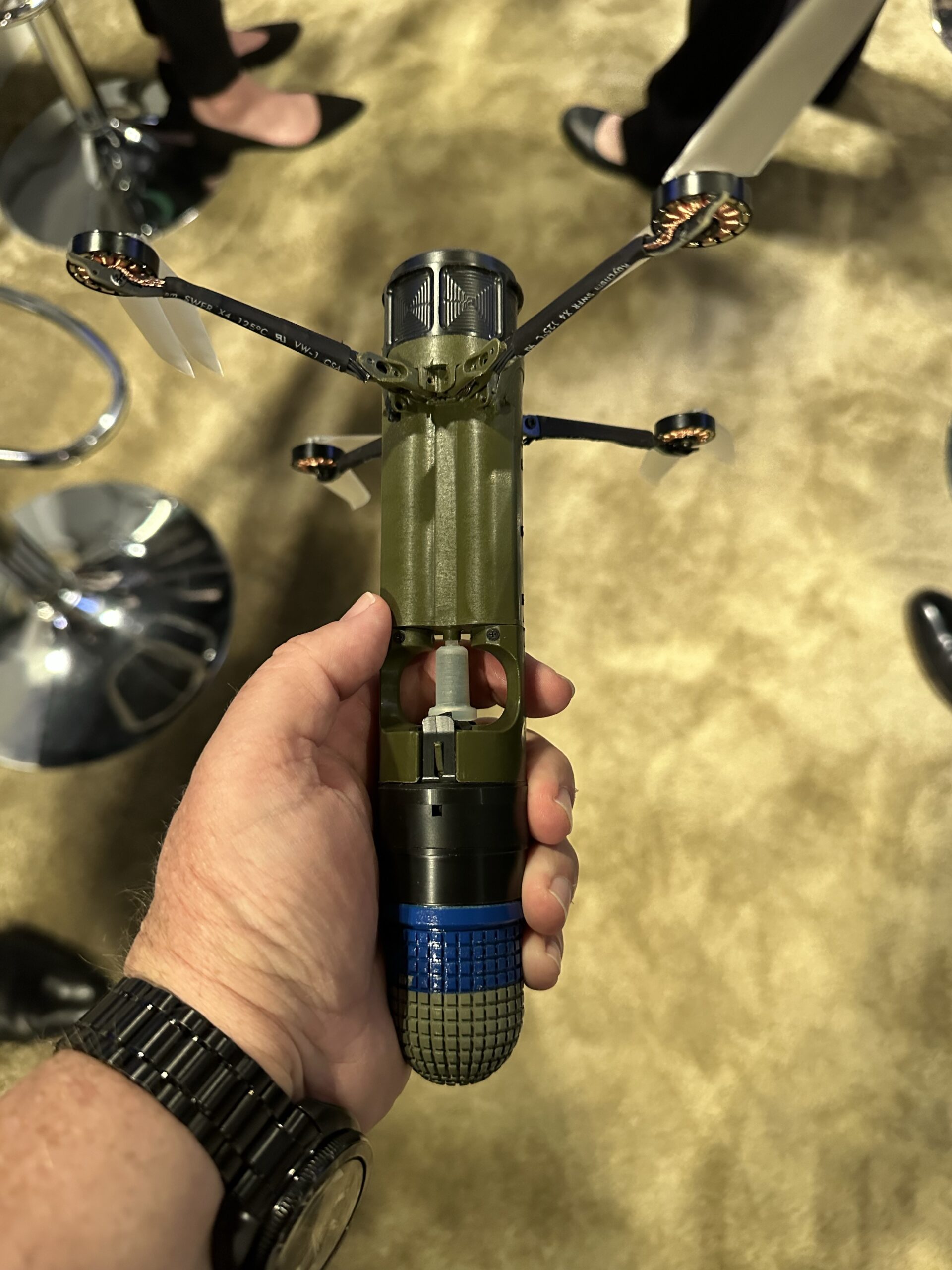
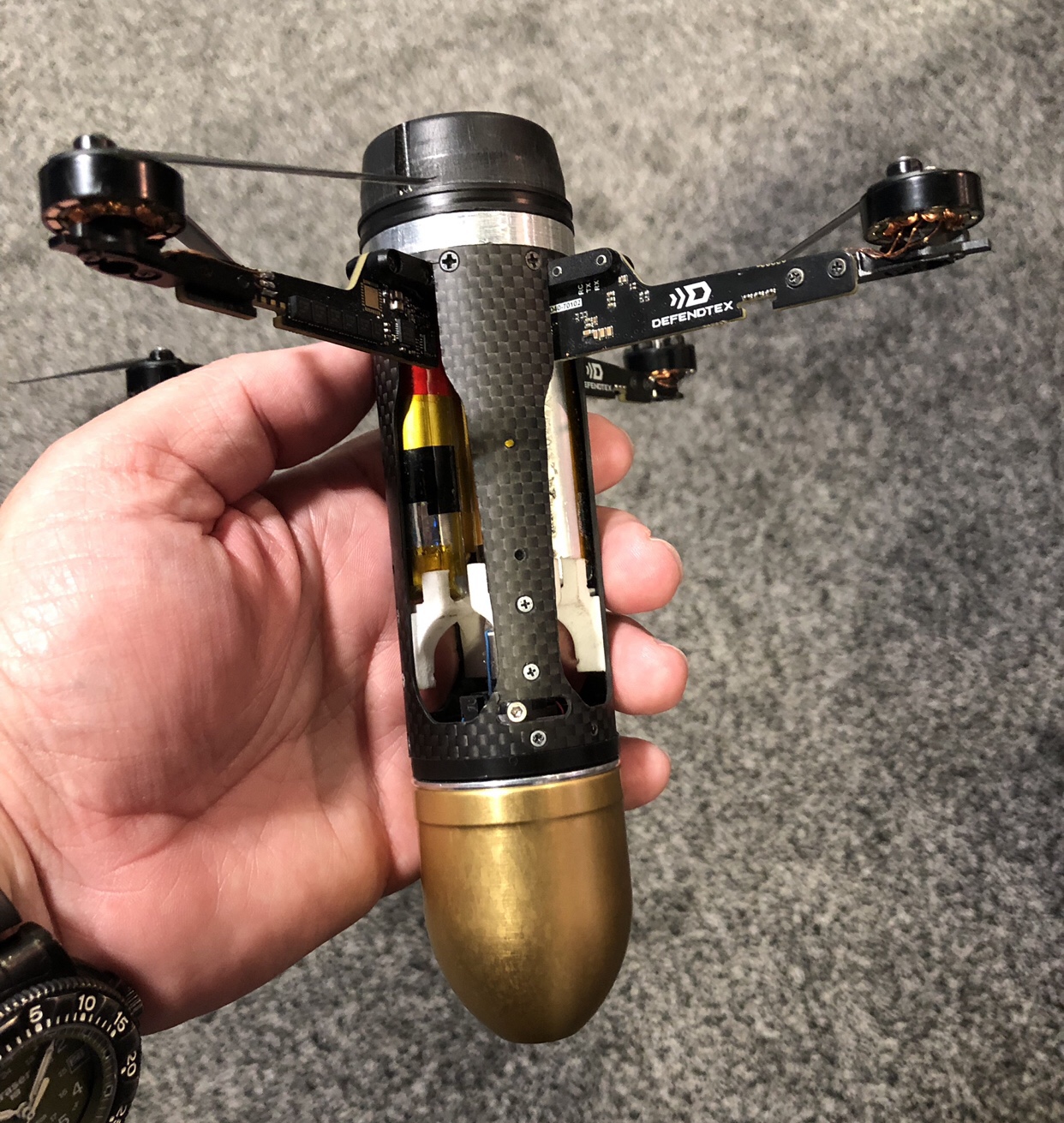
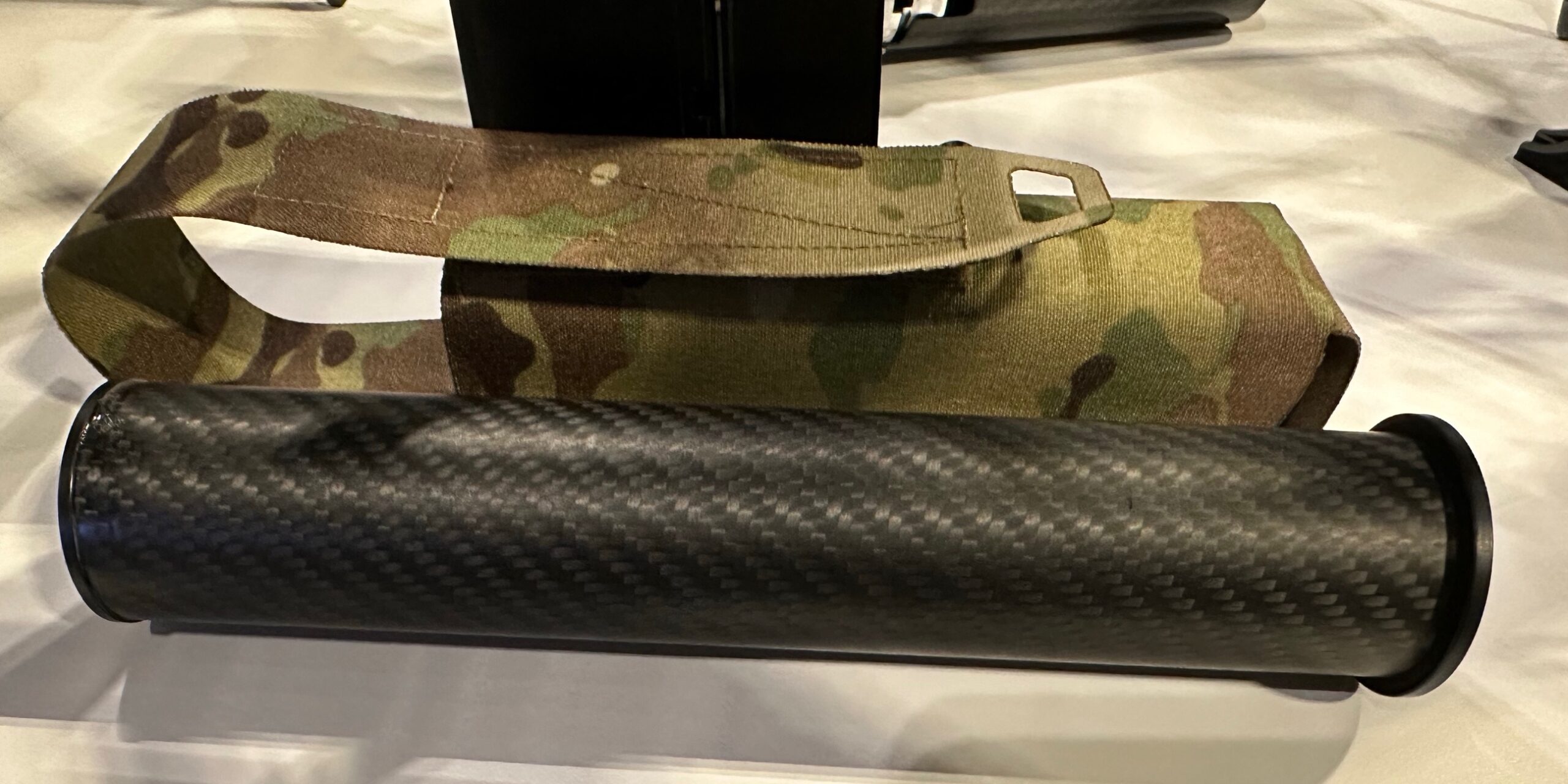
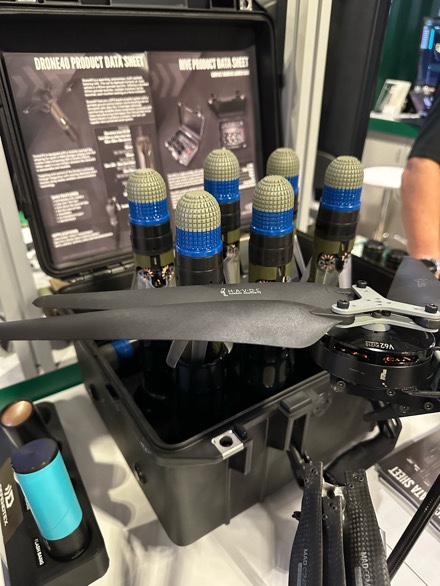

 Made by Estonia’s DefSecIntel, the SurveilSPIRE surveillance towers can be loaded onto trailers and quickly transported to their area of operation. Assembly requires three personnel; operation is fully automated. The system includes wireless links (4G and Starlink) for video transmission to a mobile command post. Solar panels enable sustained operation without power cables or a fuel source. The system relies on autopiloted reconnaissance drones that conduct patrols and mission-specific flights. This enables inspection of detected threats and lets the operator initiate necessary countermeasures.
Made by Estonia’s DefSecIntel, the SurveilSPIRE surveillance towers can be loaded onto trailers and quickly transported to their area of operation. Assembly requires three personnel; operation is fully automated. The system includes wireless links (4G and Starlink) for video transmission to a mobile command post. Solar panels enable sustained operation without power cables or a fuel source. The system relies on autopiloted reconnaissance drones that conduct patrols and mission-specific flights. This enables inspection of detected threats and lets the operator initiate necessary countermeasures.













































































































